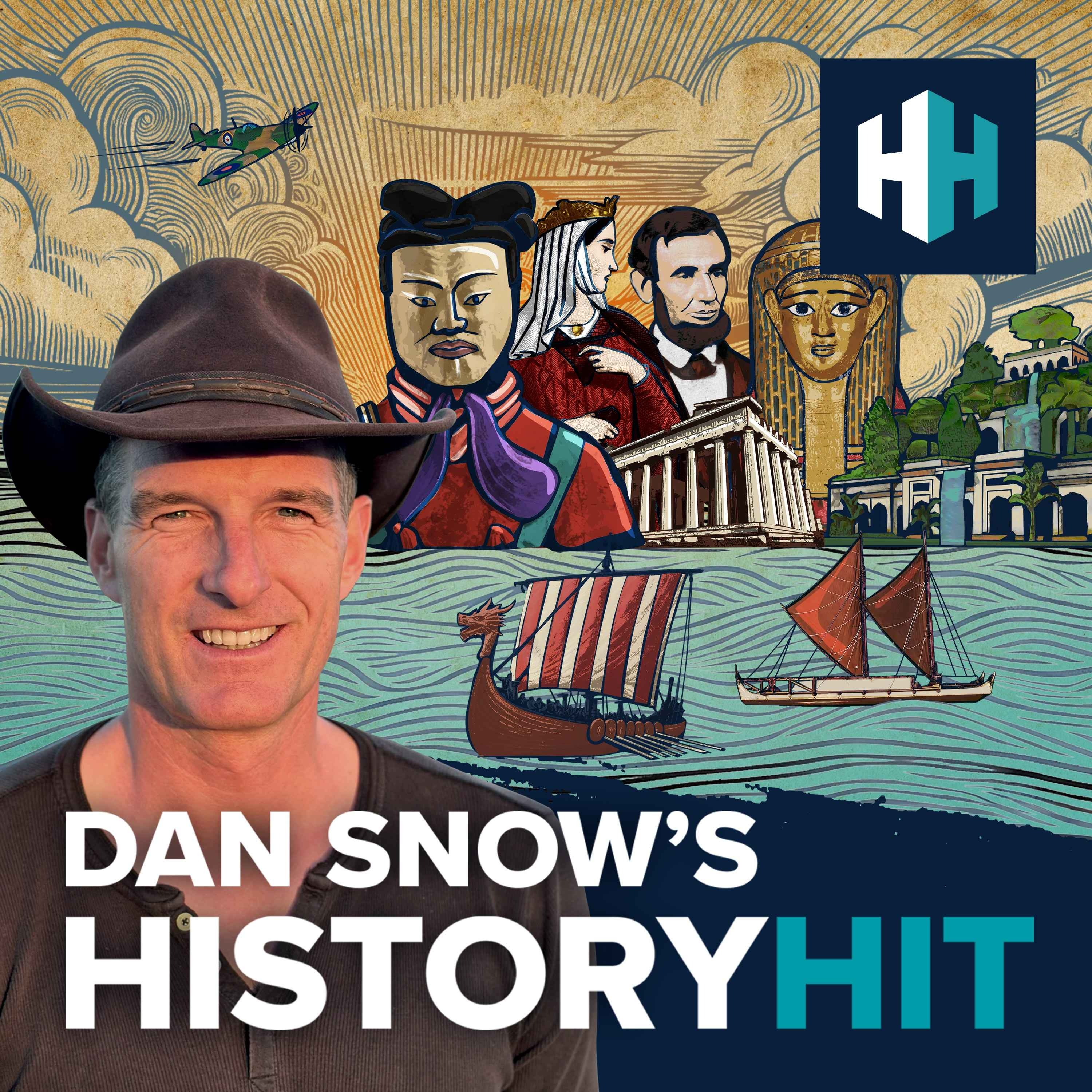
How to Survive a Medieval Crusade

Dan Snow's History Hit
Deep Dive
What was the primary motivation behind Pope Urban II's call for the First Crusade in 1095?
Pope Urban II called for the First Crusade to address the violence in European society and to assist the Greeks in the East, who were under threat from Muslim powers in the Middle East. He framed it as an 'armed pilgrimage,' promising participants remission of sins and heavenly rewards if they died in the effort.
What were the main dangers faced by crusaders during their journey to the Holy Land?
Crusaders faced numerous dangers, including harsh terrain, extreme heat, disease, food shortages, and ambushes. Even powerful leaders like Frederick Barbarossa died during the journey. Disease and starvation claimed thousands of lives before they even reached the Holy Land.
How did the logistics of feeding and supplying a crusader army impact local European regions?
The crusader armies, numbering around 50,000 to 60,000 people, required massive amounts of food and water. Each knight had three horses, and carts pulled by oxen added to the demand. Local regions experienced inflationary pressures as crusaders bought up supplies, often leaving areas depleted and prices skyrocketing.
What was the fate of the People's Crusade led by Peter the Hermit?
The People's Crusade, led by Peter the Hermit, ended in disaster. Tens of thousands of untrained crusaders pillaged for food in Hungary, leading to a battle where most were killed. Those who reached Constantinople were sent to Asia Minor, where they were quickly defeated, with only a few thousand surviving to return to Europe.
What were the key challenges faced by crusaders in the Holy Land?
Crusaders faced unfamiliar climates, hostile terrain, and a well-prepared enemy. Western European military tactics and armor were ill-suited for desert warfare, and sieges often led to disease outbreaks in cramped camps. The attrition rate was high, with only about 20% of the original force reaching Jerusalem.
How did disease impact crusader armies during the Crusades?
Disease was a major killer in crusader camps, especially during sieges. Poor sanitation and crowded conditions led to outbreaks of plague and dysentery. For example, the spiritual leader of the First Crusade died from plague during a siege, and entire armies, like Louis IX's in Egypt, were decimated by disease.
What was the outcome of the Battle of Hattin in 1187?
The Battle of Hattin was a catastrophic defeat for the Crusaders. Saladin lured them into the desert, cutting off their water supplies. The Crusaders, including elite Templars, were crushed, and many were executed afterward. The battle exposed the Crusaders' lack of adaptability to the local environment.
What was the fate of prisoners captured during the Crusades?
Prisoners' fates varied. Wealthy nobles might be ransomed, but many were executed, especially if they were seen as a threat, like the Templars after Hattin. Both sides committed atrocities, with Crusaders like Richard I slaughtering thousands of Muslim prisoners during the Third Crusade.
What was the estimated survival rate for crusaders who left Europe?
Only about 20% of the original crusader force that left Europe made it to Jerusalem. Even accounting for those who stayed behind to garrison captured towns, the survival rate was low, with many dying from disease, starvation, or battle. The odds of returning home were roughly one in five.
How did the Crusades impact the marriage of Louis VII and Eleanor of Aquitaine?
The Second Crusade strained the marriage of Louis VII and Eleanor of Aquitaine. Eleanor supported her uncle Raymond's military advice, which Louis ignored, leading to accusations of infidelity. The stress of the journey and Louis's near-death experience further damaged their relationship, culminating in their eventual divorce.
- Thousands of miles of travel
- 50,000 to 60,000 people traveling, including 7,000 knights and their entourage
- Each knight had three horses, requiring vast amounts of fodder
- Local sourcing of supplies was necessary, as food preservation technology was limited
Shownotes Transcript
What would it have been like to go on a medieval crusade? What dangers would you have faced on the gruelling journey to the Holy Land, and what would it have been like once you arrived?
Dan and Matt Lewis, host of the 'Gone Medieval' podcast, discuss the logistical nightmares, deadly battles and harsh conditions faced by crusaders, and the brutal realities of these Church-sanctioned religious expeditions.
Produced by James Hickmann and edited by Max Carrey.
Sign up to History Hit for hundreds of hours of original documentaries, with a new release every week and ad-free podcasts. Sign up at https://www.historyhit.com/subscribe).